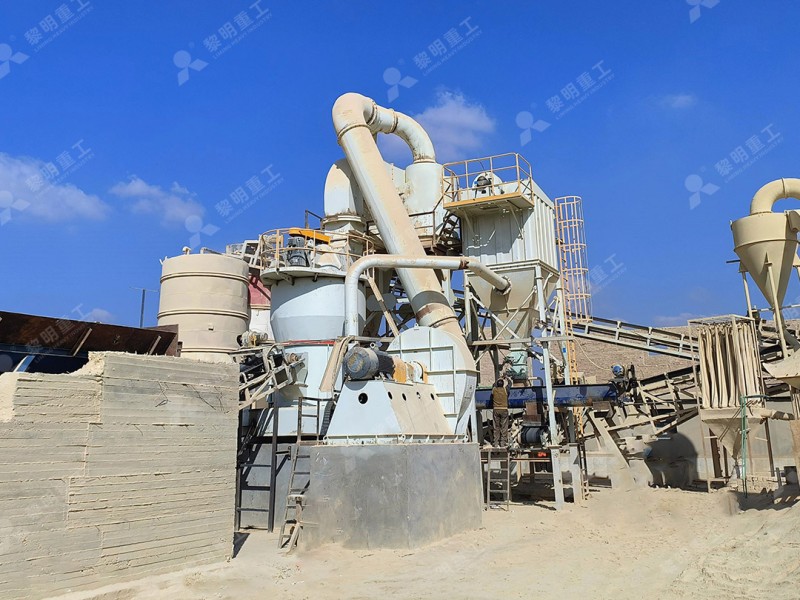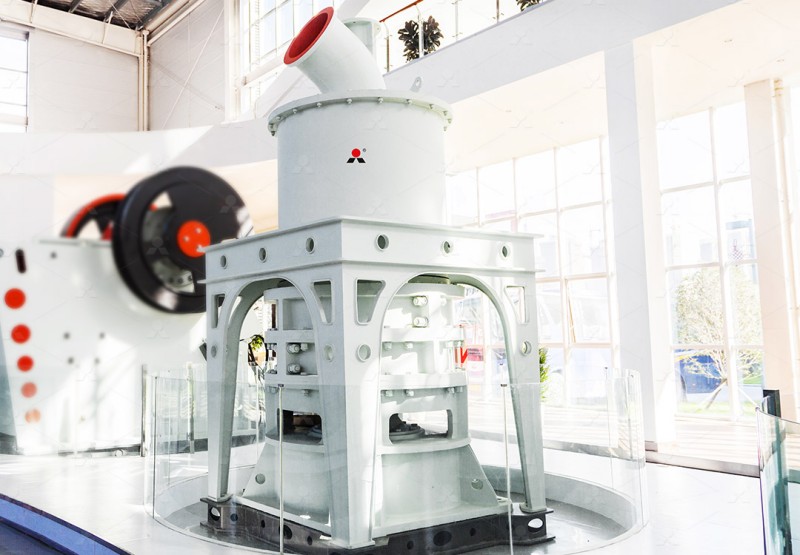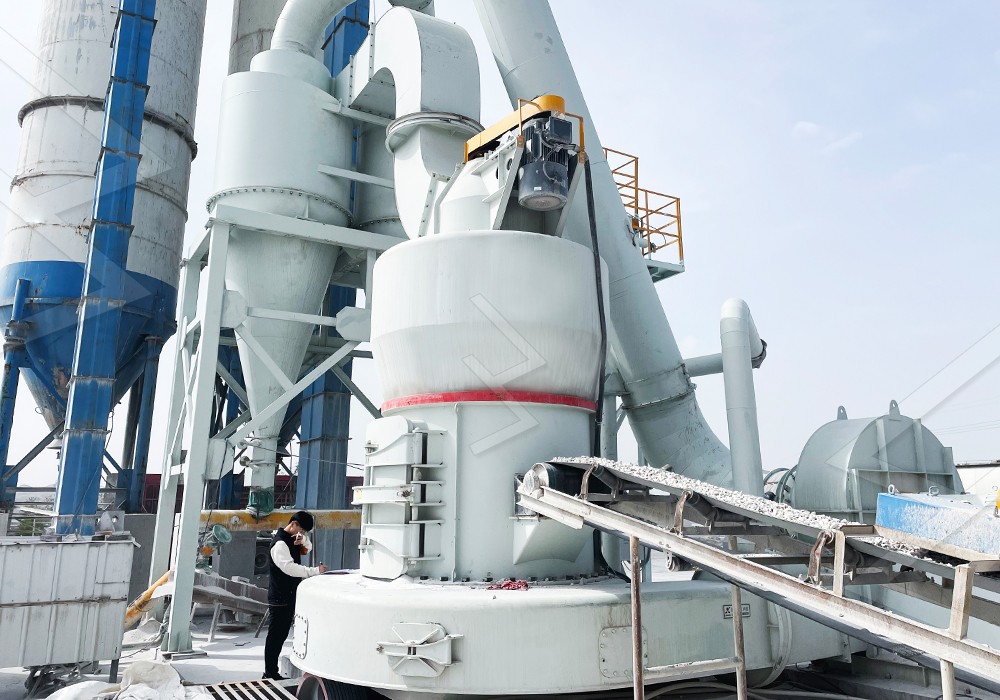Intelligent Control System for Lime Kiln Coal Mill: Enhancing Efficiency and Automation
We provide a wide range of mills — including Raymond mill, trapezoidal mill, vertical mill, ultrafine mill, and ball mill, obtained ISO9001 international quality certification, EU CE certification, and Customs Union CU-TR certification. Suitable for processing minerals such as limestone, phosphate, quicklime, kaolin, talc, barite, bentonite, calcium carbonate, dolomite, coal, gypsum, clay, carbon black, slag, cement raw materials, cement clinker, and more.
The discharge range of these mills can be adjusted to meet specific processing needs, typically from 80-400 mesh, 600-3250 mesh, and can achieve the finest particle size of up to 6000 mesh(D50).
If you are looking for a reliable grinding solution to turn stone or minerals into fine powder, please feel free to contact our online customer service.
Intelligent Control System for Lime Kiln Coal Mill: Enhancing Efficiency and Automation
In the modern industrial landscape, the optimization of lime kiln operations is paramount for achieving peak efficiency, reducing operational costs, and meeting stringent environmental regulations. The heart of this process often lies in the coal milling system, where raw coal is pulverized into the fine powder necessary for efficient combustion. Traditional control methods are increasingly being replaced by sophisticated Intelligent Control Systems (ICS) that leverage automation, real-time data analytics, and adaptive algorithms to revolutionize mill performance.

An effective ICS for a coal mill does more than just maintain a set temperature or feed rate. It creates a synergetic loop between the kiln’s burning zone conditions and the mill’s grinding parameters. By continuously monitoring variables like coal moisture content, grind size, mill motor load, and baghouse pressure, the system can predictively adjust the feed rate, classifier speed, and grinding pressure. This prevents issues like mill choking or excessive coarse particles, which lead to inefficient combustion and higher emissions. The result is a remarkably stable flame in the kiln, optimal fuel-to-air ratio, and a significant reduction in energy waste.
The Role of Advanced Grinding Technology
At the core of any efficient milling operation is the equipment itself. The choice of grinding mill directly impacts the system’s ability to respond to an intelligent control system. For operations requiring ultra-fine pulverized coal with superior consistency, the MW Ultrafine Grinding Mill is an exceptional solution. This machine is engineered for customers who need to make ultra-fine powder, boasting an input size of 0-20 mm and a capacity range of 0.5-25 tph.
Its design aligns perfectly with automated, intelligent systems. Features like higher yielding and lower energy consumption (using 30% less energy than jet mills) and adjustable fineness between 325-2500 meshes via a German-technology cage-type powder selector allow the ICS to precisely dial in the exact product specification required by the kiln’s current conditions. Furthermore, the absence of rolling bearings and screws in the grinding chamber eliminates common failure points, ensuring uninterrupted operation that an ICS can rely upon. The integrated efficient pulse dust collector also ensures the entire process remains eco-friendly, a critical consideration for modern plants.

Integration and Future-Proofing
Implementing an ICS is not merely about installing new software; it’s about integrating smart technology with robust hardware. The system’s PLC can be seamlessly connected to mills like the MW series, using digital inputs to control feed rates and adjust fineness on the fly. Real-time data on motor amperage, bearing temperature, and output pressure allows the ICS to perform predictive maintenance, alerting operators to potential issues before they cause unplanned downtime.
For larger scale operations or those handling slightly different materials, another excellent option is the LUM Ultrafine Vertical Grinding Mill. It offers higher yielding rates and better quality product through its unique roller shell design and employs a more energy-saving multi-head powder separating technology, reducing energy consumption by 30%-50%. Its double position-limiting technology also guarantees operational stability, a key factor for an ICS managing the entire kiln system.

In conclusion, the integration of an Intelligent Control System with high-performance grinding equipment like the MW or LUM mills is no longer a luxury but a necessity for forward-thinking lime kiln operators. This powerful combination delivers unparalleled efficiency gains, slashes energy costs, minimizes environmental impact, and paves the way for fully automated, lights-out industrial operations. The future of lime production is intelligent, connected, and efficient.
